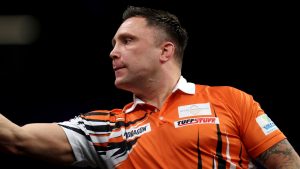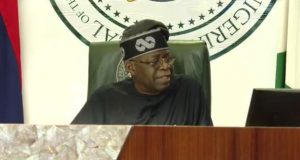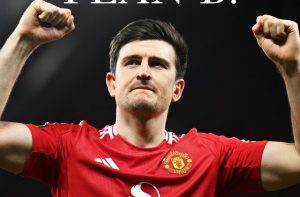NFL, union encouraged by helmet safety improvements


NEW YORK (AP) — NFL and players’ union officials are encouraged by the improvements in helmet safety, as reflected by the poster both sides released Friday showing six of 11 new helmets tested this year moved into the top-10 rated models.
In its annual study, designed by NFL- and NFLPA-appointed biomechanical engineers, a subset of concussion-causing impacts sustained by NFL players during games is simulated to determine which helmets best reduced head impact severity. The study measures rotational velocity and acceleration to evaluate helmets.
VICIS Zero1 graded best for the third straight year. Of the 34 overall helmets on the poster, it was followed by the Schutt F7 LTD and the Riddell SpeedFlex Precision Diamond.
Also in the “green area” of strongly approved helmets was the brand new Xenith Shadow. In all, those four manufacturers had all 27 models at the top of the poster.
The yellow section, in which helmets perform worse than the green group, had seven models.
“Last year for the first time we prohibited helmets, and had a category based on the last testing that showed they would perform poorly,” said Dr. Kristy Arbogast, the NFLPA’s appointed consultant to the testing.
“The thing that’s really notable is how receptive the players were to that info; 50% moved up the poster. They are eager to have the information that helps them make informed decisions about their equipment choice.”
Arbogast commended manufacturers for “innovating and introducing new helmets; the fact all new ones performed well is very encouraging.”
The poster includes gray areas within the green and yellow sectors. That indicates that less than 1% of NFL players are wearing that model, providing players with additional information. But Arbogast stresses that “doesn’t mean they aren’t safe or viable options.”
The 11 models in the red area are banned.
VICIS doubled the number of NFL players using Zero1 from 2017 to ’18, with 135 players wearing it last season. Among them are league MVP Patrick Mahomes, Super Bowl MVP Julian Edelman, Russell Wilson, Doug Baldwin, Dee Ford and Golden Tate.
“My experience wearing the Zero1 has been exceptional,” Wilson said. “The custom fit and wide field of vision have allowed me to perform at my best.”
VICIS has tweaked the helmet, reducing weight and cost while keeping the fundamental design.
“The helmet’s deformable shell and unique … layer have been shown to reduce impact forces more effectively than other helmets,” said Dave Marver, the company’s CEO.
“The NFL/NFLPA test ranks helmets using a sophisticated formula that considers several different impact velocities and locations, and the measurement of both linear and rotational forces. The Zero1 is top-ranked when taking all of those measurements into account, meaning it provides the best protection across the full range of impacts and situations players encounter in NFL play.”
It has since the 2017 survey.
One potential concern in the study is that manufacturers could design helmets to rate highly, but they might not necessarily be the best performers on the field.
Grant Goulet, vice president of product innovation at Xenith — which had five models in the green category — noted that “these independent tests, whether by the NFL and NFLPA or by Virginia Tech … are incredibly important and providing value in this space.”
“We are very supportive and encouraged by the work the NFL and NFLPA are putting into this test, it’s scientifically rigorous,” Goulet added. “However, it could also be something of a cautionary tale that more helmets moved into that green group. I think there could be a propensity to be engineering helmets for these tests and metrics and that’s what is bumping them up into this green group.
“What is important to emphasize is more of a holistic approach to designing the best gear for the athlete on the field.”
That, naturally, is what the entire process is about.
“The importance is this is a statistical analysis of on-field performances,” said Dr. Jeffrey Crandall, the league’s consultant to the independent testing. “What we see is statistically is double-digit concussion risk deduction as we go from yellow to green and from red to yellow. That has a significant impact on the risk of concussion. By showing the on-field data to the players, that has helped convince them. A lab test can be abstract, but couple it with the on-field data, and it is very significant.”








